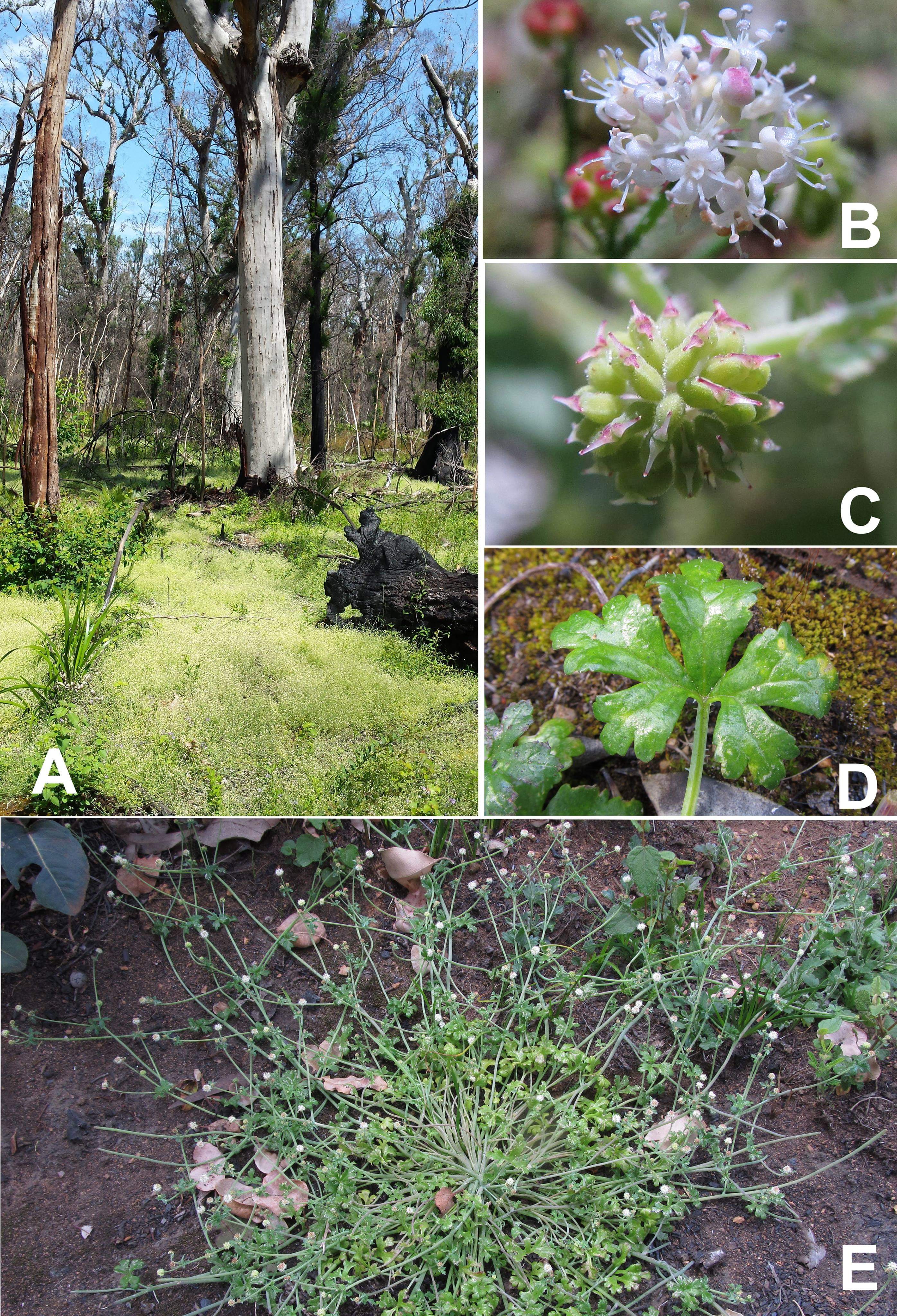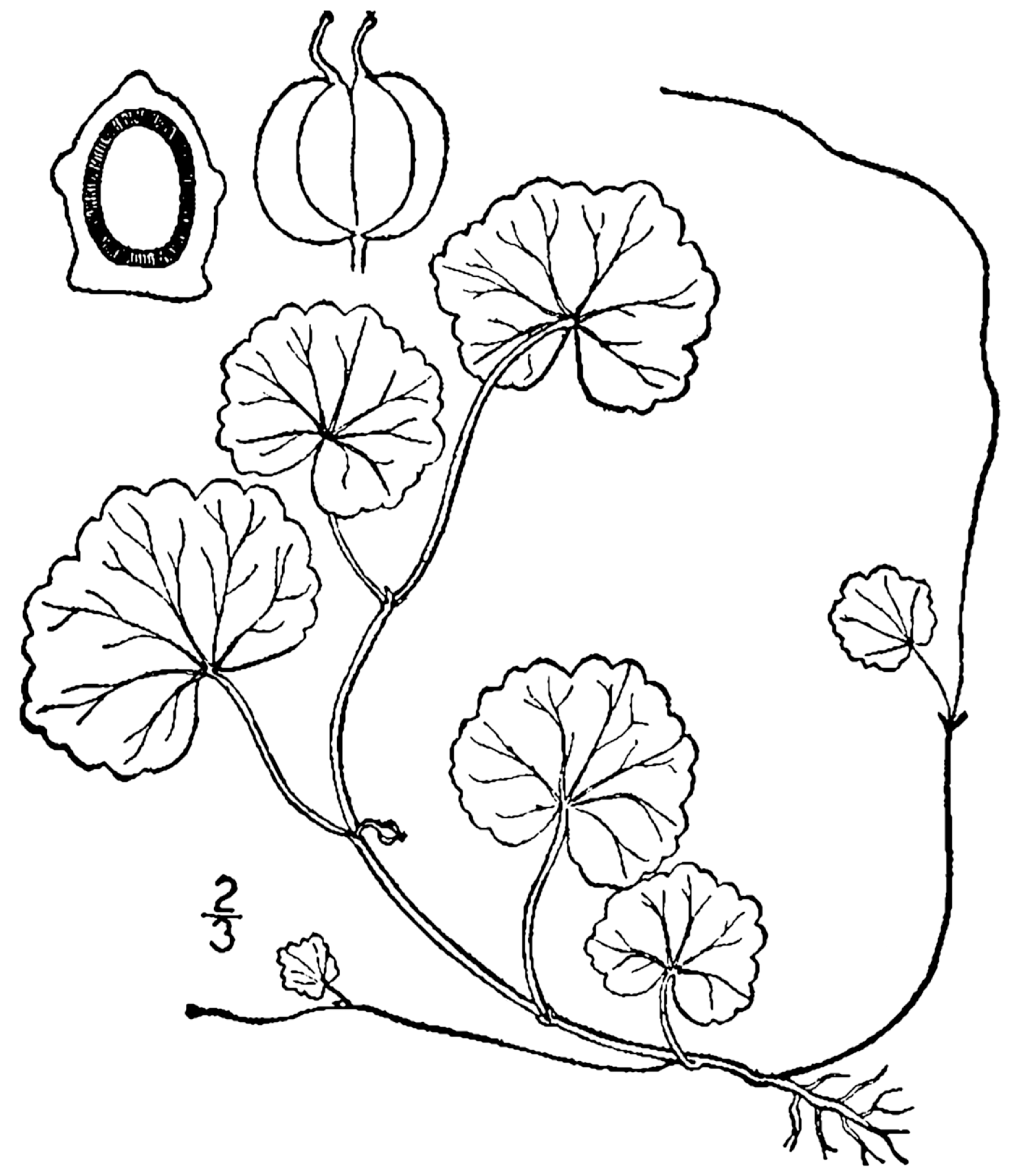|
Hydrocotyle
''Hydrocotyle'', also called floating pennywort, water pennywort, Indian pennywort, dollar weed, marsh penny, thick-leaved pennywort and white rot, is a genus of prostrate, perennial aquatic or semi-aquatic plants formerly classified in the family Apiaceae, now in the family Araliaceae. Description Water pennyworts, ''Hydrocotyles'', are very common. They have long creeping stems that often form dense mats, often in and near ponds, lakes, rivers, and marshes, and some species in coastal areas by the sea. ;Leaves: Simple, with small leafy outgrowth at the base, kidney shaped to round. Leaf edges are scalloped. The leaf surfaces of ''Hydrocotyle'' are prime grounds for oviposition of many butterfly species, such as ''Anartia fatima''. ;Flowers: Flower clusters are simple and flat-topped or rounded. Involucral bracts at the base of each flower. Indistinct sepals. File:Hydrocotyle leucocephala HannesWilms.jpg, Flowering ''Hydrocotyle'' ''leucocephala'' File:Hydrocotyle vulgaris kz2 ... [...More Info...] [...Related Items...] OR: [Wikipedia] [Google] [Baidu] [Amazon] |
Hydrocotyle Sibthorpioides
''Hydrocotyle sibthorpioides'' is a small species of flowering plant native to southeastern Asia. It is also referred to as lawn marshpennywort. It is a dicot, traditionally placed in the family Apiaceae, but more recently suggested to belong in the Araliaceae. It grows in abundance when the conditions are right. ''Hydrocotyle sibthorpioides'' originated in southeastern Asia, but is slowly spreading in the United States, along with other places around the world. It can grow in a wide variety of habitats. It has been used for medicinal purposes in Asia and is also common in the aquarium trade. Description The leaf width ranges from 0.5 to 2 cm. The plant has a moderate growth rate and produces small flowers. The flowers are a faint yellow with a hint of purple. Flower clusters are simple and flat topped or rounded. There are inconspicuous involucral bracts at the base of each flower and indistinct sepals. The leaves are simple, with a small leafy outgrowth at the base, ... [...More Info...] [...Related Items...] OR: [Wikipedia] [Google] [Baidu] [Amazon] |
Hydrocotyle Bonariensis
''Hydrocotyle bonariensis'', the largeleaf pennywort, once a member of the family Apiaceae, now in the family Araliaceae and of the genus ''Hydrocotyle'', is a hairless and creeping perennial. Description ;Flowers: This plant has numerous white to creamy-yellow flowers, and the flower stalks can be in height. ;Fruits and reproduction: The stems creep and root at the nodes; the plant spreads by rhizomes. Dollar Weed produces a dry dehiscent fruit that, at maturity, splits into two or more parts each with a single seed. ;Habitat: This plant lives in sandy areas of somewhat extreme conditions: very dry lands that are flooded sometimes. ;:Community species: :*'' Ipomoea pes-caprae'' :*'' Senecio crassiflorus'' :*'' Juncus acutus'' ;:Co-dominate species: :*'' Imperata brasiliensis'' :*'' Bacopa monnieri'' Distribution This species colonizes sandy ground and disturbed foreshore sites, estuaries, coastline, sand dunes and ponds. ''H. bonariensis'' has also displayed a tendency to pr ... [...More Info...] [...Related Items...] OR: [Wikipedia] [Google] [Baidu] [Amazon] |
Hydrocotyle Phoenix
''Hydrocotyle phoenix'' is a species of annual pennywort and is commonly called fire pennywort. It is only known to grow in south-west Australia, specifically in fire prone habitats; it is unique in this regard as it is the only species of ''Hydrocotyle'' known to have a fire adapted life-history. The specific epithet "phoenix" references this fire adapted life history as in Greek mythology, a phoenix experiences rebirth by rising from ashes, much like how this plant rises from the ashes after a wildfire. Description ''Hydrocotyle phoenix'' is a low growing annual herb which grows tall and up to wide with a sprawling habit. The leaves grow from a basal rosette. The leaves are palmately lobed and 5-20 mm long by 7-26 mm wide and covered in small hairs. The flowers are borne in a compact umbel with about 10-20 flowers. The flowers themselves are small, only 4-6 mm wide, and white. The flowers have only 5 white petals and lack a calyx. The fruits are schizocarps about 1 mm in ... [...More Info...] [...Related Items...] OR: [Wikipedia] [Google] [Baidu] [Amazon] |
Hydrocotyle Moschata
''Hydrocotyle moschata'', also known as hairy pennywort or musky-marsh pennywort, is a species A species () is often defined as the largest group of organisms in which any two individuals of the appropriate sexes or mating types can produce fertile offspring, typically by sexual reproduction. It is the basic unit of Taxonomy (biology), ... of water pennywort. Hairy pennywort is native to New Zealand, but has been introduced and naturalized elsewhere including California and Mozambique. Taxonomy ''Hydrocotyle moschata'' contains the following varieties: * ''Hydrocotyle moschata'' var. ''parvifolia'' * ''Hydrocotyle moschata'' var. ''moschata'' References moschata Plants described in 1786 Flora of New Zealand {{Araliaceae-stub ... [...More Info...] [...Related Items...] OR: [Wikipedia] [Google] [Baidu] [Amazon] |
Hydrocotyle Prolifera
''Hydrocotyle prolifera'', commonly called whorled marshpennywort , is a species of flowering plant in the ginseng family (Araliaceae The Araliaceae are a family of flowering plants composed of about 43 genera and around 1500 species consisting of primarily woody plants and some herbaceous plants commonly called the ginseng family. The morphology of Araliaceae varies widely ...). It is native to North America and South America, where it is widespread. In the United States, it is largely restricted to the southeastern and southwestern regions. Its natural habitat is in swamp forests, or in pools of standing water. ''Hydrocotyle prolifera'' is an herbaceous perennial that grows as an emergent aquatic plant. It flowers from May through August. It can be distinguished from the similar looking '' Hydrocotyle verticillata'' by its pedicellate flowers and fruits, in contrast to the sessile of subsessile flowers and fruits of ''H. verticillata''. References {{Taxonbar, from=Q17139 ... [...More Info...] [...Related Items...] OR: [Wikipedia] [Google] [Baidu] [Amazon] |
Hydrocotyle Geraniifolia
''Hydrocotyle geraniifolia'', commonly known as the forest pennywort, is a species of ''Hydrocotyle'' found in Australia Australia, officially the Commonwealth of Australia, is a country comprising mainland Australia, the mainland of the Australia (continent), Australian continent, the island of Tasmania and list of islands of Australia, numerous smaller isl .... The habitat is moist forest floors often on the sides of hills. References geraniifolia Flora of New South Wales Flora of Queensland Flora of Victoria (state) Plants described in 1855 {{Araliaceae-stub ... [...More Info...] [...Related Items...] OR: [Wikipedia] [Google] [Baidu] [Amazon] |
Hydrocotyle Americana
''Hydrocotyle americana'' is a small plant native to the Northeastern United States. It is commonly referred to as American marshpennywort or navelwort and American water-pennywort. ''H. americana'' grows from Ontario to Newfoundland south through the Appalachian Mountains to South Carolina. ''H. americana'' has been introduced to South Africa as well as New Zealand. Habitat American marshpennywort typically grows in moist areas such as bogs, seeps, boggy fields, wet woods, and lake margins. It is widespread in the northern part of its range, becoming less common further south and limited to more specific habitats. For example, in South Carolina, at the southern end of ''H. americana's'' range, it is found only on "Spray Cliff" communities where mist and water from a nearby waterfall keeps the plants hydrated. Description ''Hydrocotyle americana'' is a small perennial herb which sprawls along the ground with the aid of stolons which root as the plant crawls along the ground. ... [...More Info...] [...Related Items...] OR: [Wikipedia] [Google] [Baidu] [Amazon] |
Hydrocotyle Laxiflora
''Hydrocotyle laxiflora'' is a species of plant in the family Araliaceae The Araliaceae are a family of flowering plants composed of about 43 genera and around 1500 species consisting of primarily woody plants and some herbaceous plants commonly called the ginseng family. The morphology of Araliaceae varies widely .... References laxiflora {{Araliaceae-stub ... [...More Info...] [...Related Items...] OR: [Wikipedia] [Google] [Baidu] [Amazon] |


